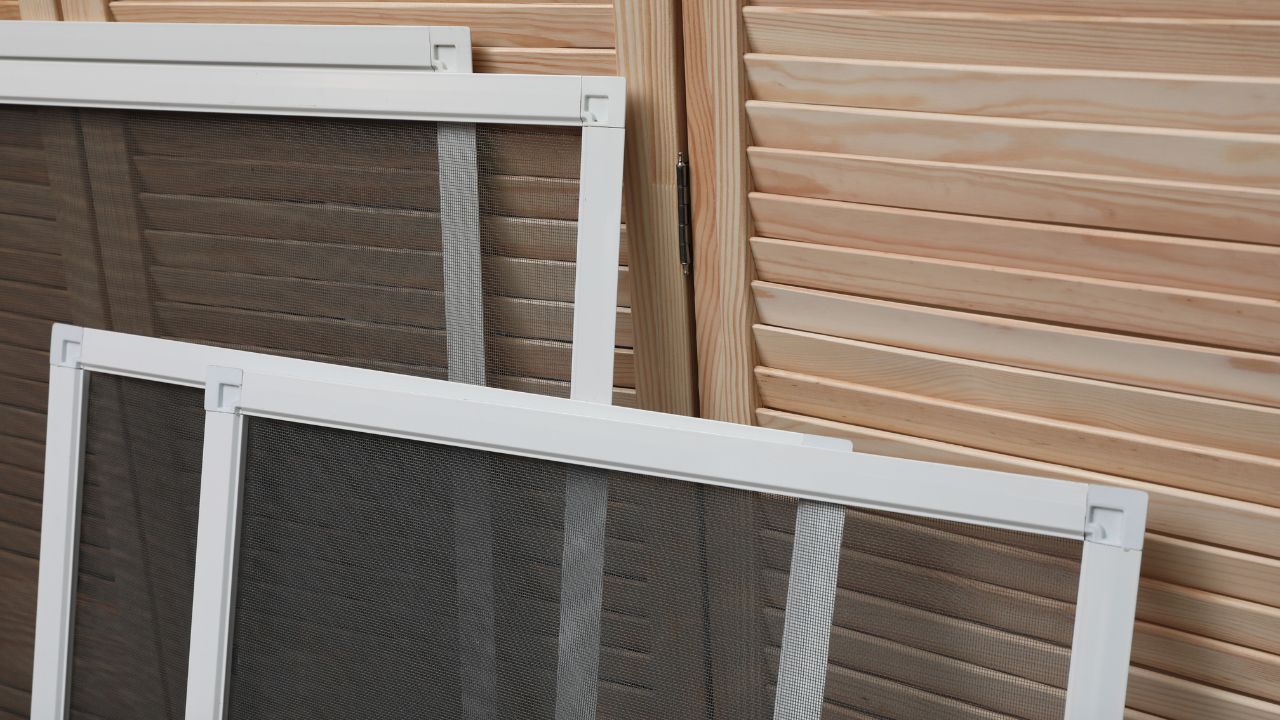Allergies often start in spring and summer, and enjoying the arrival of warm weather can become torture from sneezing, itching, and coughing. Anti-pollen material blocks pollen from getting in and is a handy application because windows can be opened without worrying about allergens entering the home. Even the highest-quality filtration screen will only work if installed appropriately.
To ensure optimal effectiveness, follow these best practices for installing anti-pollen material screens.
Essential tips for installing the Anti-Pollen Material Screens
1- Pre-Installation Tips
- Select the Best Screen Material: First, decide on the type of material to be used in the manufacturing of screens, which should not be an appealing ground for pollens. Not all screens are created equal, and one should make sure that the chosen screen offers good protection against pollen and other allergens. The options are fine polyester mesh, micromesh, or HEPA air filter, depending on your preference.
- Gather Necessary Tools: It is also important to make sure that you have all the right tools when the installation is underway. Other necessary tools required for assembly are a utility knife, spline roller, measuring tape, and flat-head screwdriver. You would like to have those things on hand to make the installation easier.
- Measure Accurately: Accuracy is crucial for a right fit. Re-measure each dimension to be certain of them for an accurate calculation. This step will help you to avoid a lot of difficulties and spend a lot of time during the installation process.
- Follow Manufacturer Guidelines: As mentioned earlier, different models or brands of screens may have peculiarities regarding installation. Refer to the manufacturer’s instructions for correct use to avoid both risks and to make a correct assembly.
2) Ensure a Tight Seal All-Around
One of the most important steps in installing an anti-pollen screen is ensuring a tight seal around the edges. Any gaps can allow not only pollen but bugs and other allergens to sneak through. Carefully measure your window or door frame and cut the screen material slightly larger than the opening. This excess will help in creating a tight seal. Firmly secure the screen along the edges to prevent any gaps.
3- Stretch the Screen Taut in the Frame
Sagging or flapping screens can create gaps at the edges, nullifying their effectiveness. Once the screen material is positioned correctly, stretch it taut within the frame. This ensures that the screen remains tightly sealed, even in windy conditions. Use a helper if necessary to hold the screen in place while you secure it.
4- Proper Use of Spline Cord
Attaching the screen edges smoothly and securely to the frame is critical, and this is where the spline cord comes in. A spline cord is a flexible strip that is pressed into a groove along the frame to hold the screen material in place. Using a spline roller, press the spline cord into the groove, thereby securing the screen. Make sure to do this evenly to avoid any wrinkles or loose sections.
5-Confirm Tight Corner Joints
Corner joints can often be the weak points in any screen installation. Ensure that your corners are secure and without any gaps. Tight corner joints are crucial for maintaining the integrity of the seal. Use corner connectors if your frame requires them, and double-check each corner after installation to confirm that there are no separates or openings.
6- Ensure the Screen Sits Flush for Sliding Doors
Installing anti-pollen screens in sliding doors requires special attention to detail. The screen should sit flush and extend from edge to edge fully. Check that the screen moves smoothly along its track without catching or leaving gaps at the sides. Proper alignment is key to a successful installation.
7- Conduct a Final Check
After installation, it’s a good idea to conduct a final check to ensure everything is secure. Walk around your home and inspect each screen. Look for potential gaps, loose sections, or any other issues that could compromise the effectiveness of the screen.
8- Consider Professional Installation
If you do not own the right equipment or you are unsure of getting a perfect fit, you are advised to get the help of a professional. Professionals are well equipped to provide solutions for the installation of anti-pollen screens as they have sufficient knowledge about them, and once installed; they are unlikely to be done wrong. This can save you both time and frustration while ensuring maximum effectiveness.
Conclusion
Proper installation of anti-pollen material screens is crucial for ensuring their effectiveness in keeping allergens out of your home. By following these detailed installation tips—ensuring a tight seal, stretching the screen taut, correctly using a spline cord, confirming tight corner joints, and making sure the screen sits flush in sliding doors—you can maximize the performance of your anti-pollen screens. Therefore, spend some time to get it right to avoid having to undertake significant revisions or seek professional help. A good installation of this screen can go a long way in enhancing your comfort and wholesome living devoid of any allergens.


